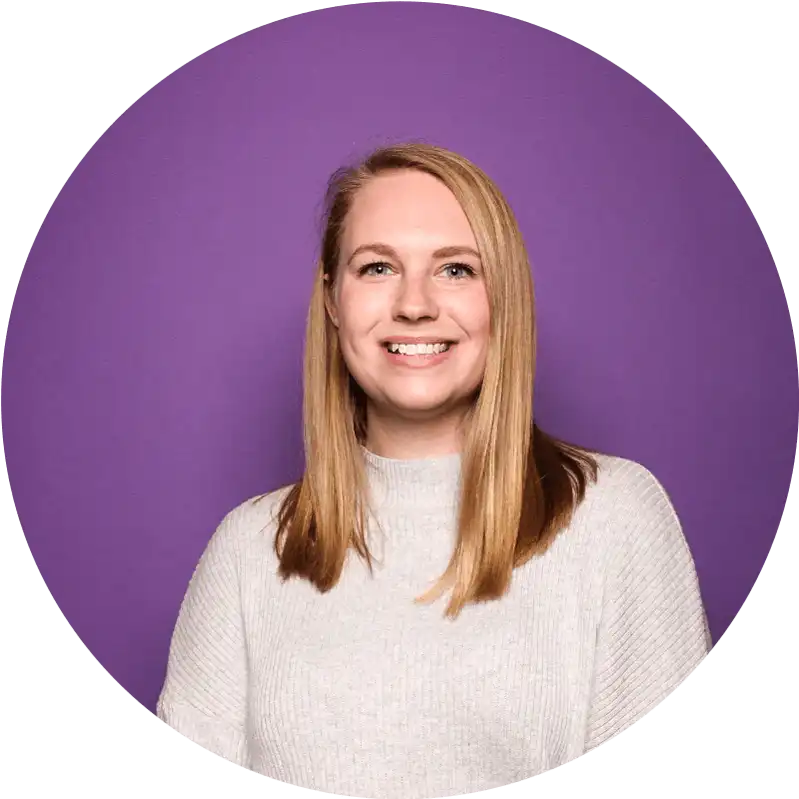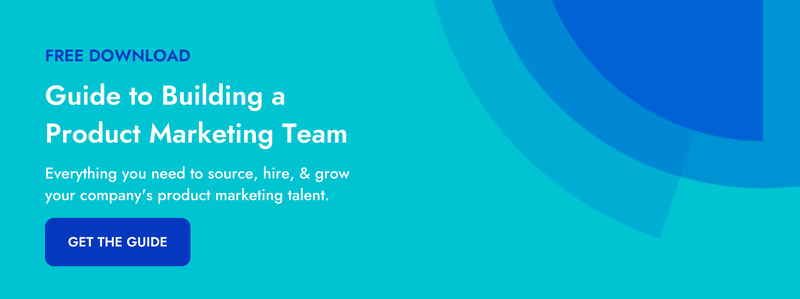 Crayon's Product Marketing Spotlight is an interview series where we chat with product marketers to get a glimpse into their careers and gain unique insight into product marketing strategy. In this edition of Product Marketing Spotlight Series, we shine the light on Rodney Rasmussen, Product Marketing Manager at RainFocus.
Crayon's Product Marketing Spotlight is an interview series where we chat with product marketers to get a glimpse into their careers and gain unique insight into product marketing strategy. In this edition of Product Marketing Spotlight Series, we shine the light on Rodney Rasmussen, Product Marketing Manager at RainFocus.
ED: What is your role, and what does your company do?
RR: I’m a Product Marketing Manager at RainFocus. RainFocus is an end-to-end event management platform designed to generate actionable insights that improve event performance for enterprises. Today, the platform is used by the leading Fortune 1000 companies to manage hundreds of events each year.
ED: Did you always know you wanted to be in Product Marketing? What led you to the Product Marketing role you’re in today?
RR: I actually spent several years as a Director of Marketing Communications for a health, wellness, and beauty products company. I launched dozens of products into new markets, worked with the scientists who developed the products to communicate their features and benefits, and had more of a creative role, working with graphic designers, web developers, copywriters, and videographers. While that role wasn’t exactly product marketing, it prepared me to make a dramatic shift to product marketing a few years ago. I wanted to work for a software company, but I could have never dreamed I would end up at the best software company in the world, marketing products that are actually interesting!
ED: PMMs have a lot of different responsibilities. How do you prioritize what to focus on?
RR: When I first started as RainFocus’ first Product Marketing Manager, my first priority was competitive analysis. It hadn’t been done properly before, so I dove in headfirst. It was insane the lengths I went to to understand the competition and market trends. Fortunately it was worth it, as I’ve been able to share those findings with a lot of people at the company. I love keeping tabs on what’s happening. Since then I’ve taken a more balanced approach. There are different areas of focus during different seasons of the company—for example, right now I’m heavily focused on taking a new product to market. I think the longer I’m here the more I’m able to maintain a plethora of existing responsibilities while taking on new and bigger projects.
ED: How much of your day-to-day involves competitive intelligence?
RR: Competitive intelligence is definitely something that’s a part of my every day in one way or another. Whether I’m reading our Crayon emails and sharing the top things with the company or poking around to see what people are talking about, it’s an ongoing part of my job.
ED: How do you ensure you’re delivering the right intel to the right stakeholders, and how do you make sure they’re leveraging your insights?
RR: Most recently we’ve been doing some A/B testing with our sales team. We’ll create two different battlecards, show them both to our sales reps, and gather feedback. This is really helping us figure out what they do (and don’t) care about. They need to be as concise and easy-to-digest as possible. Less is more. Quality over quantity. However you want to say it, this is something I’ve learned. Handing over a 40-page document with everything there is to know about a competitor is less usable than a carefully curated battlecard with just the right details.
ED: What’s the biggest product marketing challenge you’ve faced, and how did you overcome it?
RR: We have always struggled to get competitor pricing and packaging. In our industry, no one lists their prices publicly. After asking the Crayon community for advice, several of them told us that win/loss analysis is one of the best ways they’ve been able to get this information. We’ve since created an entire win/loss program, which we just launched about a month ago. I’m hopeful this will give us the pricing, packaging, and other information we’re currently lacking.
ED: How do you measure product marketing success?
RR: My biggest measure of success is if something gets used. Whether it’s clients actually using the products you release, sales reps using your battlecards, or prospects consuming and reacting to your marketing messaging, it’s important to see if and how your work is resonating.
ED: Which blogs or newsletters are must-reads for product marketers?
RR: I recently completed a few Pragmatic Institute trainings, which were great. Their blog has a lot of good information for Product Marketers. I also am a part of several local groups (LinkedIn and in-person) for PMMs, and it’s helpful to get advice and feedback from each other.
ED: What’s the best career advice you’ve ever received?
RR: Work smarter, not harder. You only have a certain number of hours in a day, and working smarter is the best way to maximize them.
ED: When you’re not hard at work, what’s your favorite thing to do?
RR: I love to travel. With 2 kids (and another on the way) it’s not as easy as it once was, but my wife and I still try to take one big trip every year. I love getting lost, eating new food, and being active in a beautiful place that’s different from home. My favorite trips have been Bali, Sweden, Switzerland, and Thailand.

Seeing is believing! Check out Crayon for yourself.
Take a Product TourRelated Blog Posts
Popular Posts
-
 The 8 Free Market Research Tools and Resources You Need to Know
The 8 Free Market Research Tools and Resources You Need to Know
-
 6 Competitive Advantage Examples From the Real World
6 Competitive Advantage Examples From the Real World
-
 How to Create a Competitive Matrix (Step-by-Step Guide With Examples + Free Templates)
How to Create a Competitive Matrix (Step-by-Step Guide With Examples + Free Templates)
-
 24 Questions to Consider for Your Next SWOT Analysis
24 Questions to Consider for Your Next SWOT Analysis
-
 How to Measure Product Launch Success: 12 KPIs You Should Be Tracking
How to Measure Product Launch Success: 12 KPIs You Should Be Tracking



